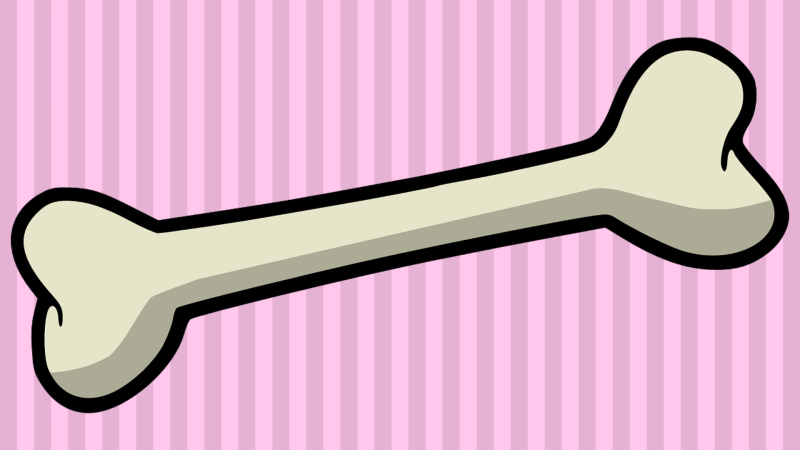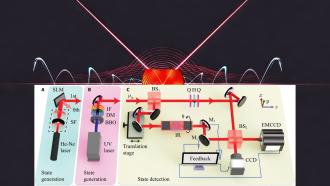
If you are tossing mutton bones into a bin right after a delicious biryani, think again. A novel idea by researchers from the Indian Institute of Technology Kanpur (IIT Kanpur) might take these bones straight into a research lab! In a study published in the Journal of Environmental Chemical Engineering, the researchers have, for the first time, developed a nanocatalyst using waste mutton bones. The bones serve as the photocatalytic support for titanium dioxide nanoparticles.
Photocatalysis is a process of acceleration of a chemical reaction by light. A classic example of this process is the use of sunlight by the green chlorophyll pigments in plants to convert water and carbon dioxide into oxygen and glucose. Titanium dioxide, a naturally occuring oxide of titanium, is also a photocatalyst since it can absorb light and propel a chemical reaction. Since it is very stable and resistant to corrosion, it is widely used as a photocatalyst to degrade organic pollutants into carbon dioxide and other compounds.
One approach to improving the efficiency of titanium dioxide as catalysts is to convert it into nanoparticles, nanorods or nanotubes as it increases their surface area. However, due to the tiny size, they tend to clump together, thus reducing their performance as a catalyst with time. “Besides, the recovery of the nanoparticles is also difficult at the end of the process. Hence, it is important to immobilise these nanoparticles on some support”, says Prof. Raju Kumar Gupta from IIT Kanpur, who is also an author of the study.
In the current study, the researchers have used mutton bones as a support material to immobilize these nanoparticles. Mutton bones are rich in a mineral known as hydroxyapatite, which is a form of calcium phosphate. It is non-toxic, thermally stable, has good adsorption capabilities and allows ion-exchange. Hence, it can be used as a low-cost biomaterial support for photocatalytic applications. The researchers of the study have incorporated titanium dioxide nanoparticles onto powdered bones to produce a novel nanocatalyst. “The mutton-derived hydroxyapatite material is derived from the waste and is cost-effective and reusable support", remarks Prof. Gupta.
The researchers tested the thermal stability of the nanocatalyst, its ability to absorb light and its molecular structure that helps photocatalysis. They also examined the reusability of the nanocatalyst. The analysis showed that the titanium dioxide nanoparticles are dispersed evenly over the hydroxyapatite derived from mutton bones, thus reducing the possibility of agglomeration of the titanium dioxide nanoparticles during the reaction.
“The hydroxyapatite support, derived from mutton bones, is beneficial for the immobilisation of the nanoparticles and for applications where properties of the materials are affected due to agglomeration”, comments Prof. Gupta about the findings.
The X-ray diffraction used to study the crystalline structure of the nanocatalyst revealed that hydroxyapatite was in hexagonal crystal structure and titanium dioxide was in anatase form, which absorbed UV light. The photocatalyst was found to work best under the UV light. After ten uses of the photocatalyst consecutively without regeneration step, its efficiency decreased only by 8.4%, thus making it eligible to be used multiple times without any significant changes in its morphology or crystal structure.
This research addresses the need for developing efficient and stable catalysts that can help us cope with the waste that we generate each day by treating them and degrading the pollutants rapidly. Isn't it fascinating to note that the bones that we dispose of as 'waste', could, in fact, help us manage our waste?






